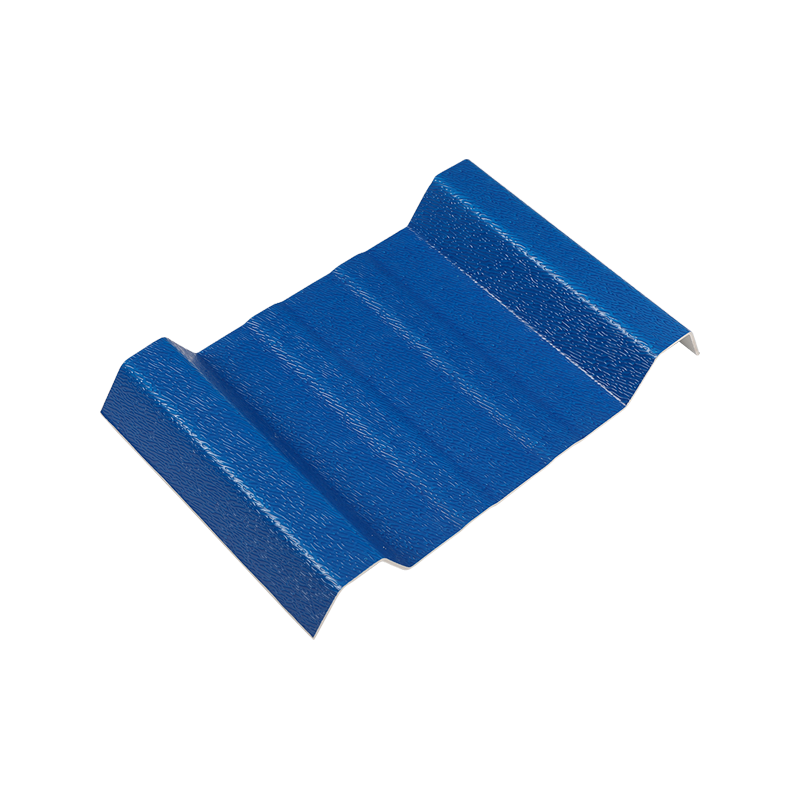
UV-PVC tiles Raw material control
1. Selection of UV coatings
- Stability of ingredients: High molecular weight resins (such as acrylates), evenly dispersed photoinitiators (such as benzoin ethers) and weather-resistant pigments are preferred to avoid uneven coating performance due to stratification of coating ingredients or failure of active substances.
- Viscosity and leveling: The viscosity of the coating needs to match the coating process (such as roller coating, curtain coating), usually controlled at 500-2000 mPa・s (25℃), and the leveling of the coating is improved by adding leveling agents (such as silicones) to reduce defects such as shrinkage cavities and orange peel.
- Aging resistance: Select coatings containing ultraviolet absorbers (such as benzotriazoles) and free radical scavengers (such as hindered amines) to improve the coating's ability to resist UV aging. The weather resistance test needs to pass a 1000-hour xenon lamp aging test (ΔE≤3).
2. PVC substrate pretreatment
- Surface cleaning: Use corona treatment or flame treatment to remove grease and dust on the substrate surface, while improving the surface energy (target 40-42 mN/m) and enhancing the adhesion of the coating.
- Substrate flatness: The thickness tolerance of the PVC sheet is controlled at ±0.05 mm, and the three-roll calender is used to accurately adjust the uniformity of the substrate thickness to avoid uneven coating thickness due to the unevenness of the substrate.
UV-PVC tiles Production process optimization
1. Coating process control
Coating method selection
- Roller coating process: Suitable for thin coatings (5-20 μm). When using reverse roller coating, the number of lines on the anilox roller needs to match the coating thickness (such as 100 lines/inch corresponds to about 10 μm dry film thickness), and the roller speed difference is controlled at 10%-15% to ensure uniform transfer of the coating.
- Flow coating process: suitable for thick coating (>20 μm), the distance between the flow coating head and the substrate is kept at 50-100 mm, and the substrate running speed matches the coating flow rate (such as 3-5 L/min when the speed is 5 m/min) to avoid curtain breakage or accumulation.
- Online monitoring of coating thickness: install a β-ray thickness gauge or a laser thickness gauge to monitor the coating wet film thickness in real time, feedback and adjust the coating head pressure or the coating pump speed, and control the thickness tolerance within ±5%.
2. UV curing process
Curing equipment configuration
- Light source selection: use medium-pressure mercury lamp (power 80-120 W/cm) or LED-UV light source (wavelength 365-405 nm) to ensure uniform ultraviolet light intensity (irradiation intensity fluctuation ≤10%).
- Light source spacing and cooling: The lamp is 80-120 mm away from the substrate surface, equipped with air cooling or water cooling system, and the curing zone temperature is controlled to ≤60℃ to avoid overheating and deformation of the PVC substrate.
- Curing speed and energy: Monitor energy through a UV energy meter (such as an EIT power meter). Conventional coatings require 800-1200 mJ/cm² to ensure complete curing (cross-cut adhesion reaches ISO grade 0). For thick coatings, multi-stage curing (such as pre-curing + main curing) can be used to reduce the risk of surface cracking.
Equipment commissioning and maintenance
1. Coating equipment accuracy
- Roller parallelism: The parallelism error between the coating roller and the pressure roller is ≤0.02 mm/m. Calibrate with a micrometer to avoid uneven thickness of the coating on the left and right sides due to roller tilt.
- Coating circulation system: Use a diaphragm pump or gear pump to transport the coating. The inner diameter of the pipeline matches the flow rate (the flow rate is controlled at 1-2 m/s) to avoid turbulence causing coating stratification. Clean the storage tank and filter regularly (once per shift) to prevent impurities from clogging the coating head.
2. Transmission system stability
- Substrate tension control: Use magnetic powder brake or servo motor to control the tension, and the tension difference between unwinding and rewinding is ≤5% to avoid shaking or stretching deformation of the substrate during operation, which affects the uniformity of the coating.
- Guide roller straightness: The guide roller straightness error is ≤0.03 mm/m, and the surface roughness Ra is ≤0.8 μm. Clean the guide roller surface regularly to prevent the accumulation of paint residues and cause the substrate to deviate.
Quality inspection and process control
1. Online inspection
- Coating appearance: Install CCD visual inspection system to identify defects such as bubbles, shrinkage holes, and stripes on the coating surface in real time. The inspection accuracy is ≥0.2 mm, and the defect rate is controlled below 0.5%.
- Adhesion test: Perform the cross-cut method (cross-cut spacing 1 mm) or the circle method (circle diameter 2 mm) test every hour, and the coating shedding area must be <5%.
2. Offline performance test
- Weather resistance verification: Samples are taken weekly for UV aging experiments (conditions: UVB-313 light source, irradiance 0.68 W/m², 8 hours of light/4 hours of condensation cycle), and the coating color difference ΔE≤3 after 1000 hours, and the gloss retention rate is ≥85%.
- Thickness uniformity: The coating thickness is measured using a micrometer, and 5 points are taken within each meter of length, and the thickness range is ≤10%.









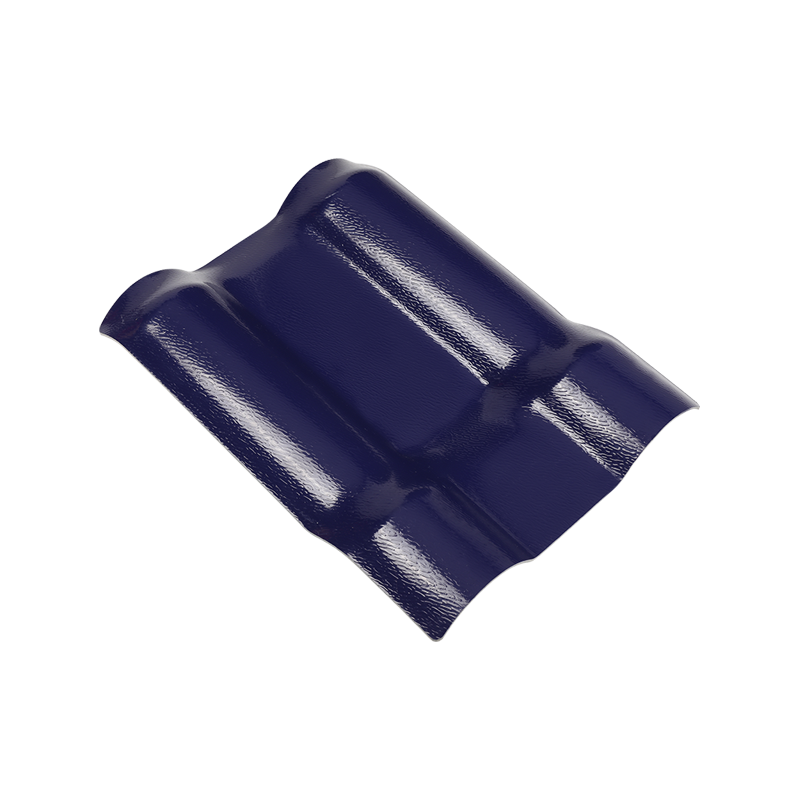
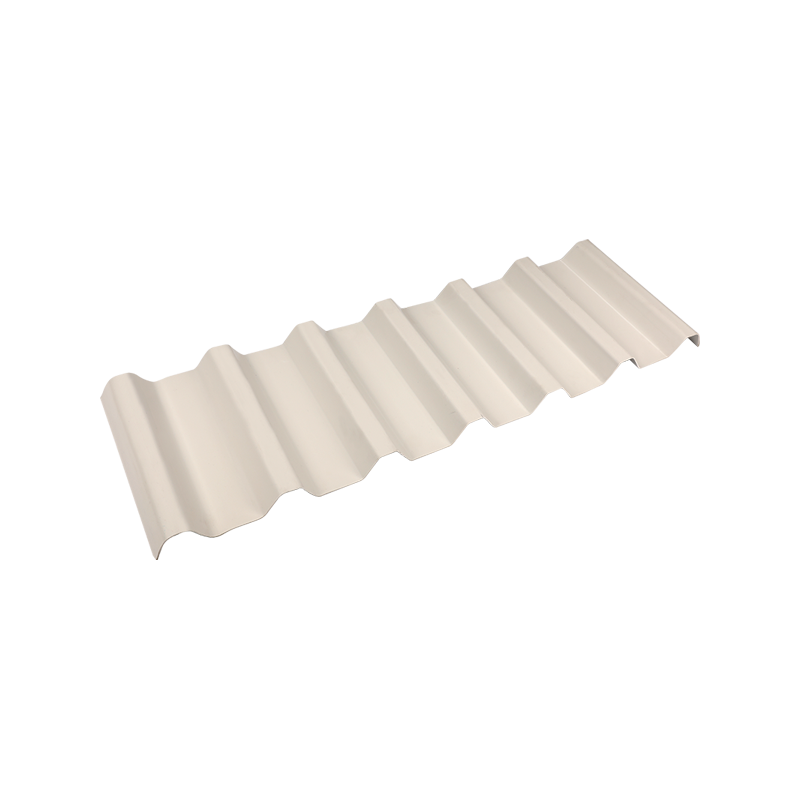
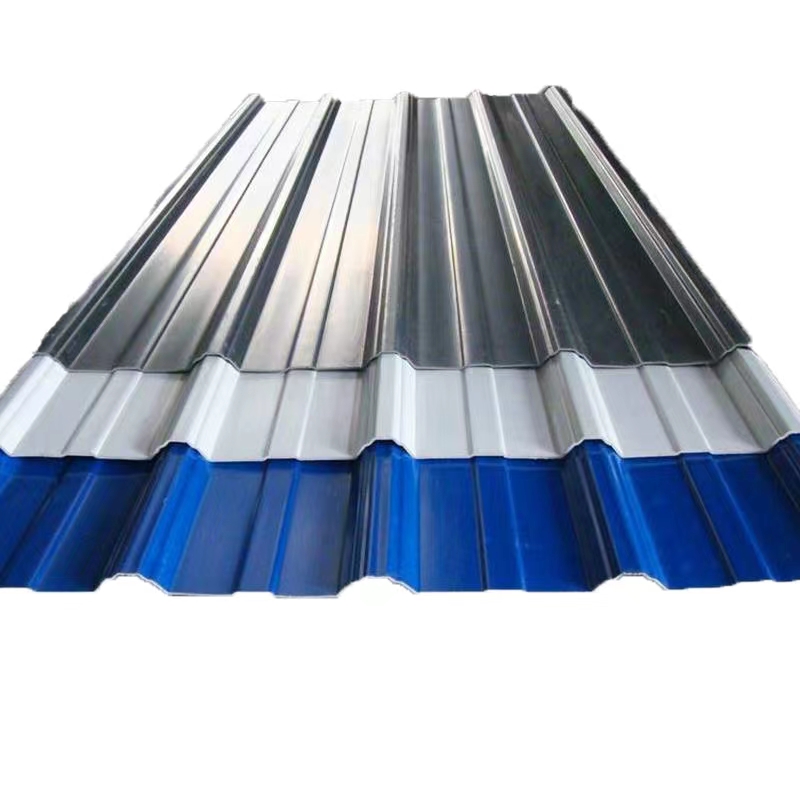
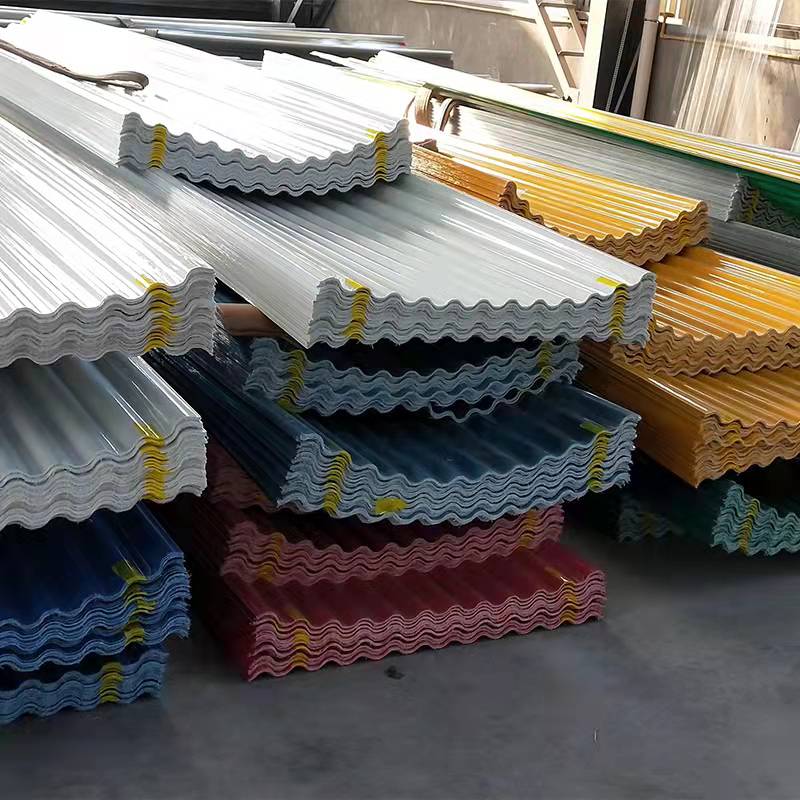
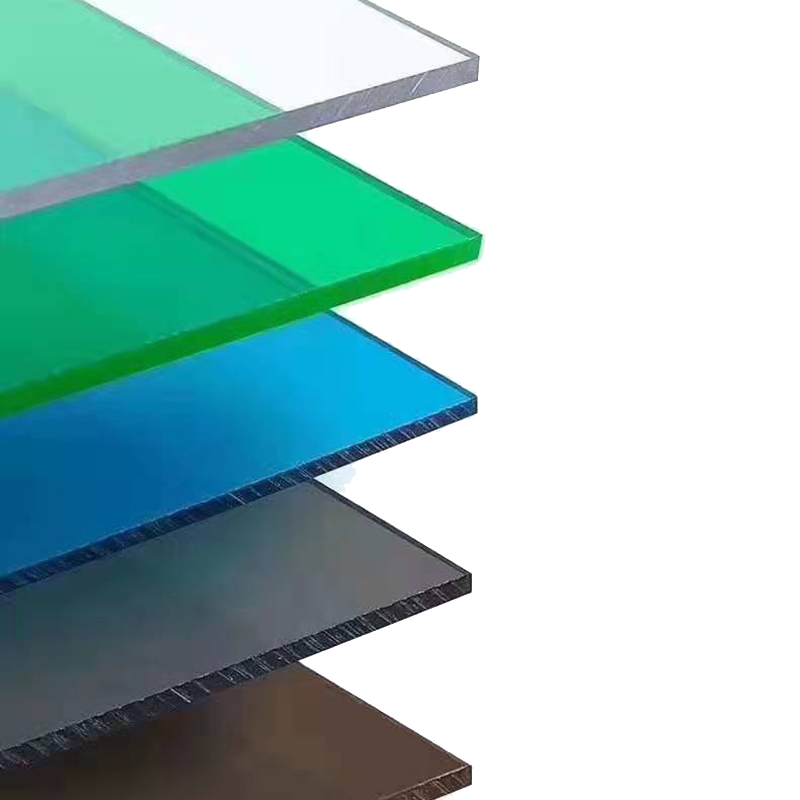
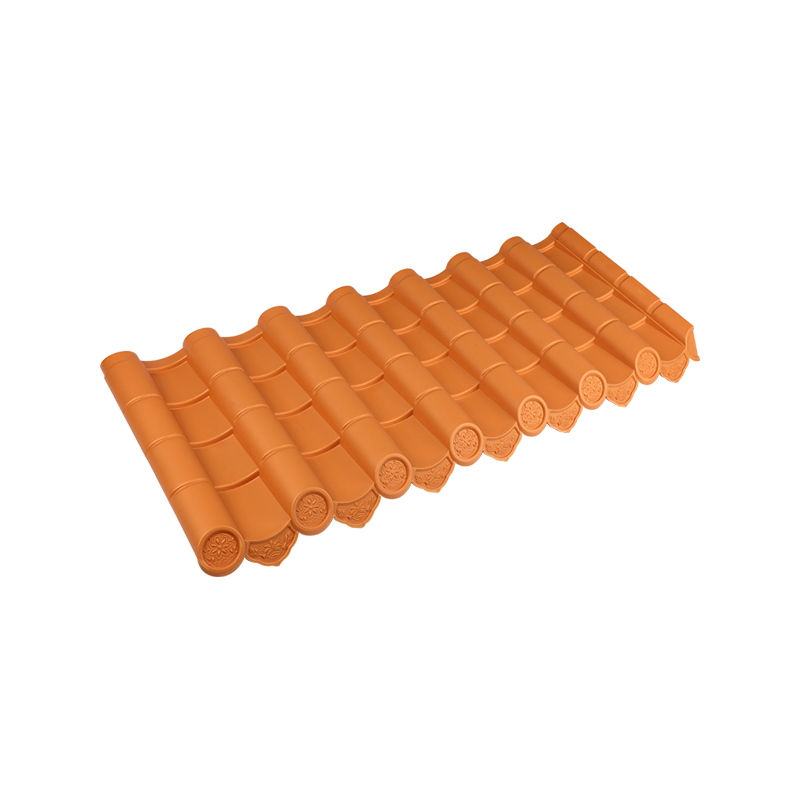
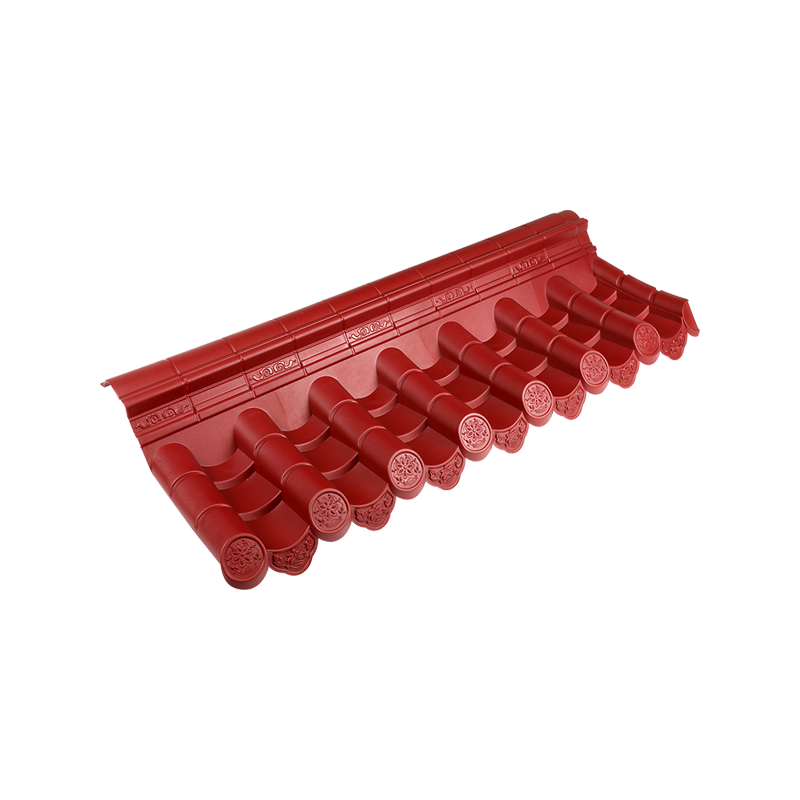


 Email:
Email: Phone:
Phone: Adress:
Adress: